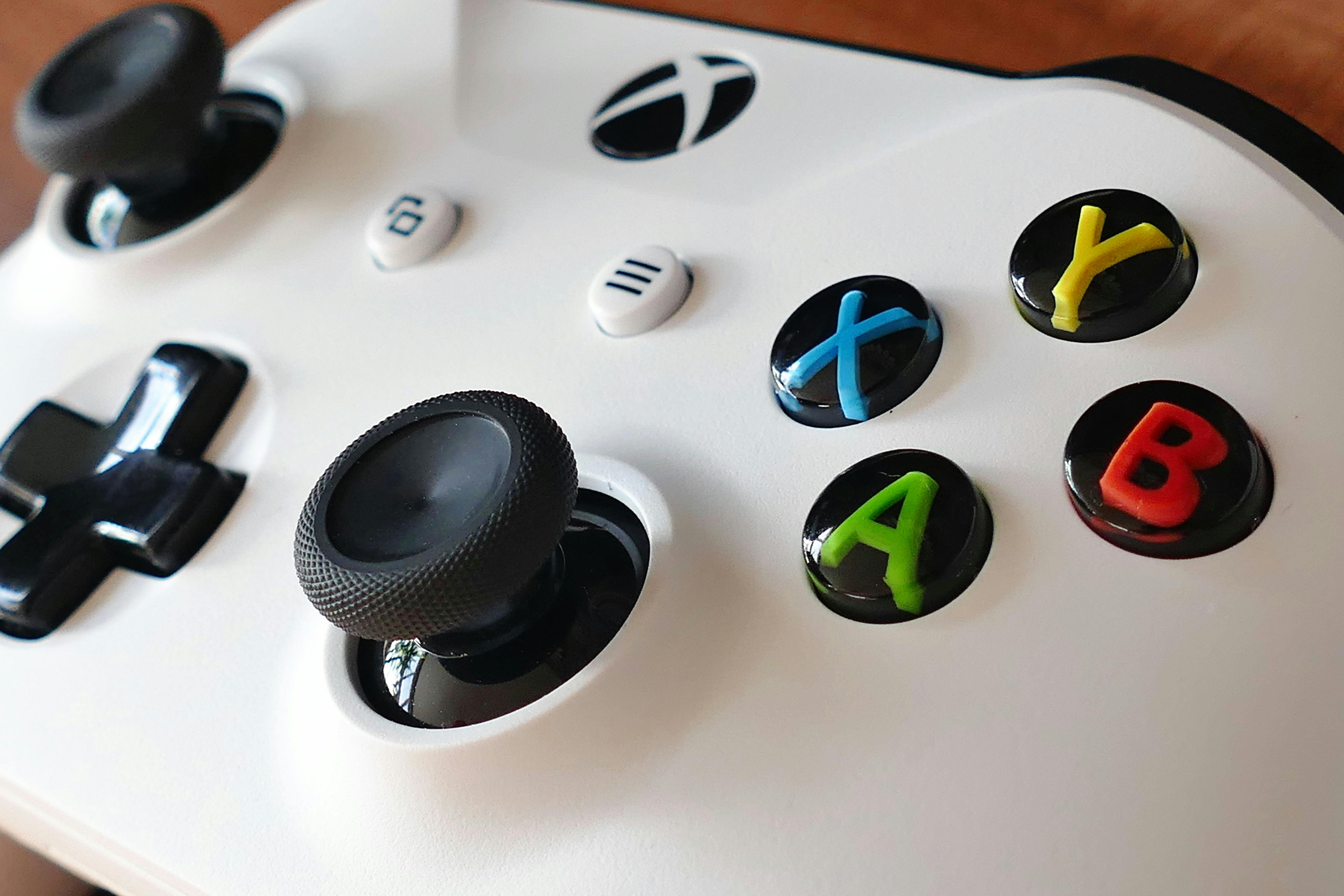Both soda blasting and sandblasting are widely used in various industries for their speed and precision in smoothing, cleaning, or removing surface finishes. Both consist of blasting a surface with “media” to remove paint, dirt, or other undesirable surface contaminants. The following list seeks to clarify the differences between the two.
Advantages of the soda jet:
Environmentally friendly – The medium used for blasting soda is bicarbonate of soda. Although it is a larger particle of soda than that used in the food industry, it has the same purity.
Not toxic – Sodium bicarbonate (NaHCO3) is an important element in the human body and is not toxic by ingestion, inhalation or dermal contact. In fact, soda cleaning is endorsed by the US Department of Agriculture (USDA) and the Food and Drug Administration (FDA) and is Kosher approved.
Non abrasive – Baking soda is very soft, only 2.4 on the Mohs hardness scale. With the soda jet, the soda crystals explode outward when it comes into contact with any substrate, and with this action removes the contaminant from the surface without damaging the substrate.
Rust inhibitor – The powder film remaining after the soda stream inhibits “flash rust” formation, eliminating the need for an immediate coating application to cover exposed metal.
Does not produce heat – The soda jet does not generate heat when impacting, so it will not distort or deform the object to be treated.
Soluble water – Although there is usually no soda to collect after blasting, there may be a film of dust covering the object that was blown up. A quick rinse will remove it.
Does not activate metal – Activated metal requires immediate coating to prevent oxidation. The soda stream does not break surface tension because it does not generate heat.
Does not spark – The non-flammable properties of baking soda eliminate the threat of electrical sparks; however, some static electricity is unavoidable when propelling a medium under high pressure, so it is best to properly ground a metal object before blasting with soda.
Decomposes hydrocarbons – The soda jet is an effective solution against the accumulation of oil and hydrocarbons in engines, encapsulating them. After cleaning with soda, the contaminant is easily rinsed off.
Eliminate bad odors. – Soda is slightly alkaline and neutralizes acid-based odors in water and absorbs odors from the air. Eliminates fire odors and is the only blasting medium with this property.
Remove layer and clean in one step – Often the coating of a substrate is covered with a contaminant that must be removed before blasting, so that it does not penetrate the surface of the substrate. The soda stream has the ability to clean the coating before removing it.
Minimal cleaning – As the soda particles explode on impact, the cleaning only includes the contaminants removed.
Sandblasting Advantages:
Ability to profile a surface – Sometimes in the manufacture of a metal object, it is necessary to profile the surface so that the finished coating will adhere. Sandblasting creates this surface profile.
Aggressive abrasion action– allows rapid removal of surface contaminants.
Disadvantages of the soda stream:
Alkaline properties will harm plants – Soda is slightly alkaline and will damage nearby plants and vegetation if the powder is not properly rinsed off after a treatment.
Can build up in cracks – Special care should be taken to rinse the corners and crevices of treated items before applying the finish.
Requires tent for dust control – In some situations where it is not appropriate or practical to include water in the soda stream.
Will not create a surface profile – Sometimes in the manufacture of a metal object, it is necessary to profile the surface so that the finished coating will adhere. The soda stream does not create a surface profile due to its non-abrasive hardness (2.4 on the Mohs scale).
Limited storage time – Extra precautions should be taken when storing the Soda Jet Cleaning Media because it easily absorbs moisture and clumps together. When this happens, it will not flow through the blast container and cannot be used.
Disadvantages of sandblasting:
Abrasive – Sandblasting removes contaminants from the surface by abrading it. The substrate is easily damaged if not enough care is taken.
Contains silica – The sand contains silica. The US National Institute for Occupational Safety and Health has determined that continued exposure to silica is a serious health hazard, leading to the often fatal lung disease, silicosis.
Generates heat and sparks – The action of propelling highly abrasive sand particles against a substrate generates heat, sparks and static electricity, therefore it is necessary to take additional safety precautions.
Activate the metal – The heat generated by sandblasting activates iron and iron compounds, causing immediate oxidation (rust).
Considerable cleaning effort – Depending on the size of the job, there is all the sand that was used, as well as the contaminant that was removed and part of the substrate. And if it was a wet blast, everything is very soggy.
Illegal in some areas – Due to health hazards and toxic waste, make sure you are not doing anything illegal before planning sandblasting.
This information is the result of extensive research and comes from various industry experts, environmental specialists, and relevant government departments. The findings suggest that soda blasting and sandblasting have different applications and are used for different results. The result you want to achieve, or the purpose you need to achieve, will determine whether you use soda or sand.


